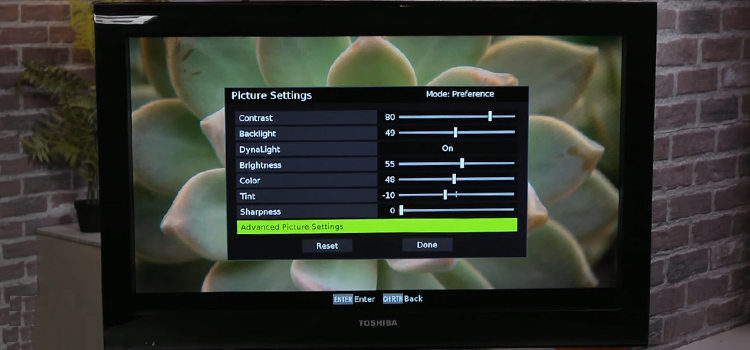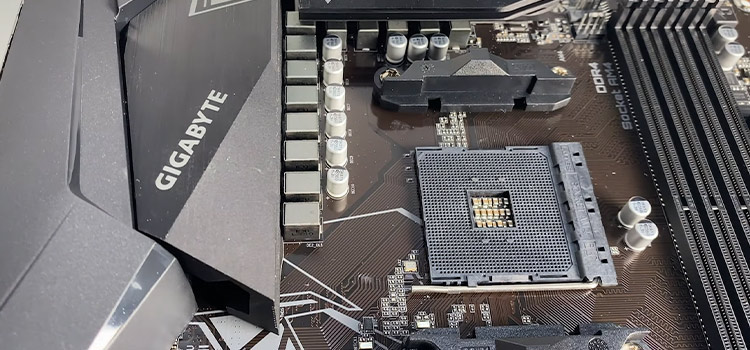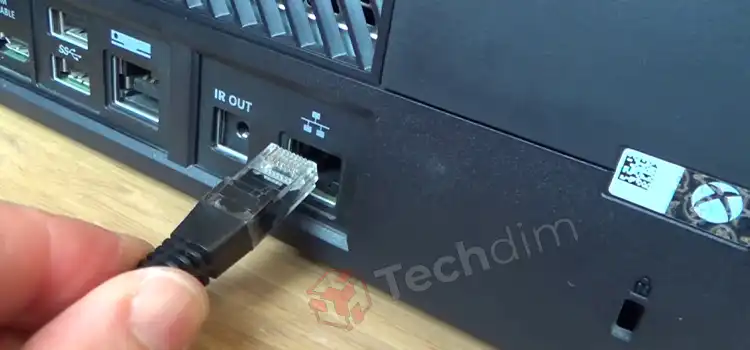Can I Put a Graphics Card in Any Slot?
Installing a new graphics card? If you’re like me, you may be wondering – can I put my GPU in any open slot? The short answer is you technically can, but for optimal performance, you’ll want to use the top x16 slot. In this article, I’ll share my insight on the best slots for graphics cards based on tons of hands-on building experience. From maximizing bandwidth to picking the ideal slot layout, you’ll learn the slot selection tricks that can take your gaming performance to the next level.

Can Graphics Cards be Installed in Any Slot?
The short answer is yes, technically you can install a graphics card in any open PCI Express (PCIe) slot on your motherboard. However, not all slots are created equal when it comes to optimal graphics card performance.
The PCIe slots on a motherboard are primarily differentiated by their number of lanes. More lanes mean higher potential bandwidth between the graphics card and the rest of the system. Most modern graphics cards are designed to perform best in an x16 slot, which offers maximum bandwidth. Here is a table that provides the bandwidth of different PCIe slots.
| PCIe Connector Type | Single Direction Bandwidth | Dual Direction Bandwidth |
| x1 | 2.5 Gbps (200 MBps) | 5 Gbps (400 MBps) |
| x4 | 10 Gbps (800 MBps) | 20 Gbps (1.6 GBps) |
| x8 | 20 Gbps (1.6 GBps) | 40 Gbps (3.2 GBps) |
| x16 | 40 Gbps (3.2 GBps) | 80 Gbps (6.4 GBps) |
While an x8 or even x4 slot may physically fit and work with a high-end graphics card, using those slots will limit the card’s capabilities and can cause a significant performance hit in games and applications. Lower bandwidth effectively creates a bottleneck, preventing the card from reaching its true potential.
Beyond just the bandwidth differences, motherboard slots also vary in their electrical optimization, proximity to the CPU, and support for advanced graphics card features. All of these factors make slot selection critical for getting the best experience from your hardware.
Why Inserting Graphics Cards in Proper Slots is Important?
Using the optimal slot for your graphics card affects performance in several key ways:
Maximizes bandwidth – As mentioned above, a x16 PCIe slot offers maximum bandwidth to your GPU, removing bottlenecks. This allows the card to achieve its highest transfer speeds.
Minimizes latency – More PCIe lanes means lower latency between the CPU and GPU. This results in reduced input lag for a smoother, highly responsive gaming experience.
Enables advanced features – Top PCIe slots on motherboards often have specialized hardware to enable graphics-intensive features like SLI/CrossFire multi-GPU and PCIe 4.0. Using secondary slots may disable these capabilities.
Improves stability – Primary PCIe slots are firmly anchored to the motherboard and use thicker power traces. This rock-solid connection prevents issues with signal integrity that can cause crashes or freezes.
Boosts overclocking headroom – With the abundant bandwidth of a x16 slot, overclocking attempts are less likely to create bottlenecks that negatively impact performance scaling.
Saves money – Using a secondary slot may require purchasing a new motherboard sooner to upgrade, as you are limiting the card’s capabilities from the start.
As you can see, proper slot selection has wide-ranging benefits. It ensures you are getting the most value from your graphics card purchase and enables peak performance for years to come.
Which Slot is Ideal for Graphics Cards?
When installing a graphics card, which specific slot should you use? While the exact answer depends on your motherboard, there are some general best practices to follow:
Top PCIe x16 Slot
On the vast majority of motherboards, the primary PCIe x16 slot is located in the top position closest to the CPU socket. This slot is linked directly to the CPU using all 16 PCIe lanes and features the most robust power delivery and stability.
For single graphics card setups, using this top x16 slot is almost always ideal to avoid limiting the GPU’s capabilities in any way. Motherboard documentation will clearly indicate which slot is wired for full x16 bandwidth.
Second PCIe x16 Slot
High-end motherboards designed for multi-GPU setups often have a second PCIe x16 slot wired for x8 or x16 bandwidth. When installing two graphics cards, the top slot runs at x16 bandwidth, while the second slot runs at x8 or x16 depending on the motherboard.
Consult your motherboard manual to verify if the second slot operates at full x16 speeds or reduced x8. Either way, pairing graphics cards in the two top PCIe slots is recommended for SLI/CrossFire.
Top x16 Slot in Each Group
Some motherboards divide PCIe slots into groups based on the CPU, chipset, or PCH they are connected to. For example, one group may connect directly to the CPU while another goes through the chipset first.
When this is the case, your graphics card should be installed in the top full x16 slot within the group that has a direct path to the CPU. Slots routed through secondary chipsets first are not ideal for graphics.
Verifying Slot Bandwidth
To quickly identify which slots offer full x16 bandwidth, consult:
- The motherboard manual for detailed slot diagrams.
- Markings printed on the motherboard near each PCIe slot indicating their intended usage.
- Specifications listed on the manufacturer’s website for that specific motherboard model.
- Review sites like Tom’s Hardware that often test PCIe slot configurations.
There should be clear documentation indicating which slots are wired directly to the CPU with all 16 lanes. Use these slots for graphics cards whenever possible.
Other Slot Usage Guidelines
Beyond just choosing between the top PCIe slots, there are some other best practices to keep in mind:
- Leave space between cards in multi-GPU setups for airflow if possible.
- Install GPUs in slots with the same bandwidth when SLI/CrossFiring.
- Avoid using old PCI slots or PCIe x1 slots for graphics cards.
- When installing other expansion cards, use slots that won’t restrict airflow to your GPU.
- Keep graphics cards far away from M.2 or chipset heatsinks to avoid overheating issues.
- Use slot spacing intended for graphics cards – often the grey ones.
Following these slot selection guidelines will prevent avoidable issues and ensure your graphics card(s) meet their full performance potential. Don’t limit your expensive GPU by installing it in a secondary slot not optimized for maximum throughput.
What If My Motherboard Only Has One x16 Slot?
Some microATX and mini-ITX motherboards only have a single PCIe x16 slot due to their smaller size. In these cases, you simply have no other choice than to use that slot for your graphics card.
The good news is that the slot is wired directly to the CPU with 16 lanes, so you won’t be limiting performance compared to larger ATX boards. Just be aware that multi-GPU setups are not possible with a single x16 slot motherboard.
For small form factor builds check motherboards with multiple M.2 slots to allow adding high-speed NVMe SSD storage without taking up precious PCIe expansion slots needed for graphics. This helps maximize performance in a compact build.
Overall,
taking a few minutes to optimize your PCIe slot usage makes a world of difference. I’m confident these graphics card slot tips will help you unlock your GPU’s full potential. Let me know if you have any other questions – I love talking PC builds and helping fellow gamers get the most fps for their buck!
Subscribe to our newsletter
& plug into
the world of technology





